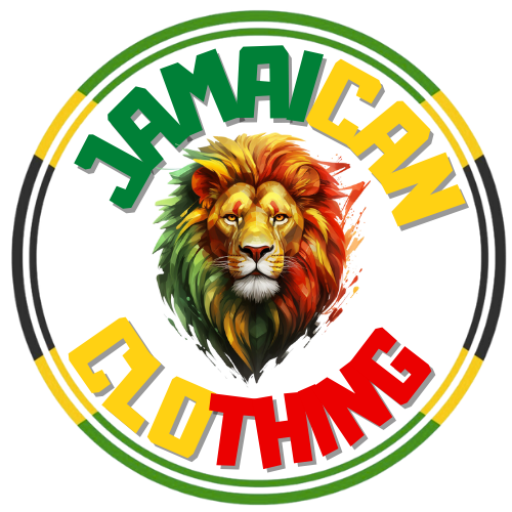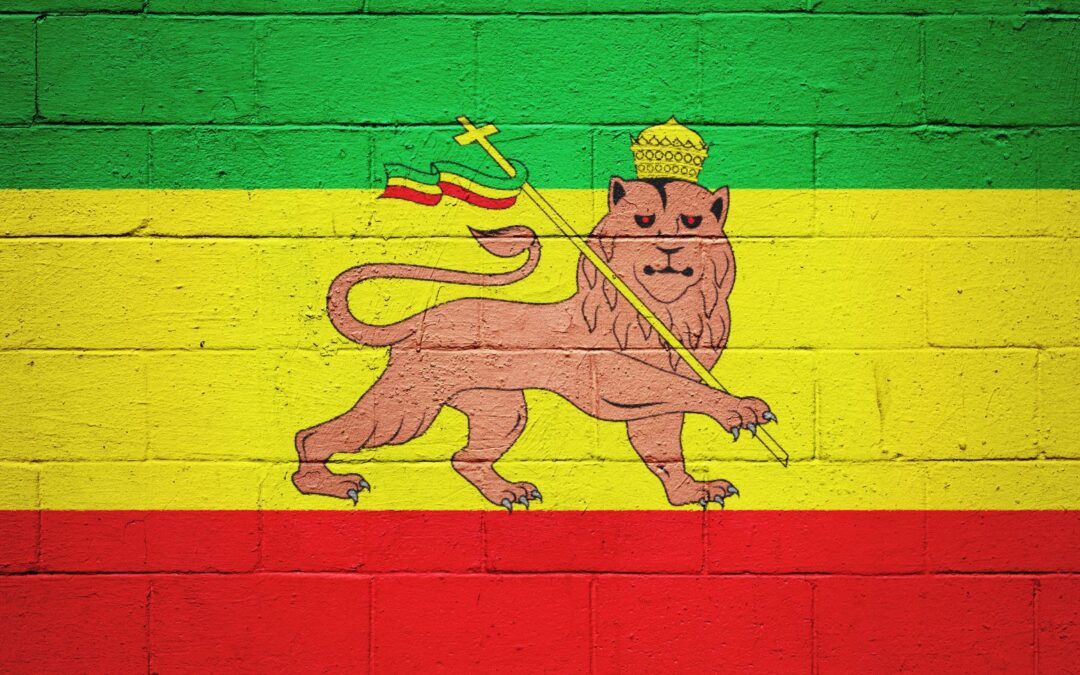The Rasta Flag and the Jamaican Flag are two iconic symbols that hold significant cultural and historical importance. While they may share some similarities, each flag carries its own distinct colors, symbolism, and cultural significance. Understanding the differences between these flags provides valuable insights into the rich heritage and identity of both Rastafarian culture and Jamaica as a nation. In this exploration, we delve into the distinct characteristics of the Rasta Flag and the Jamaican Flag, uncovering their origins, symbolism, and societal significance.
- Differences in Colors and Symbolism between the Rasta Flag and the Jamaican Flag
- Origins and History of the Rasta Flag and the Jamaican Flag
- Cultural Significance of the Rasta Flag versus the Jamaican Flag
- Usage and Representation of the Rasta Flag and the Jamaican Flag
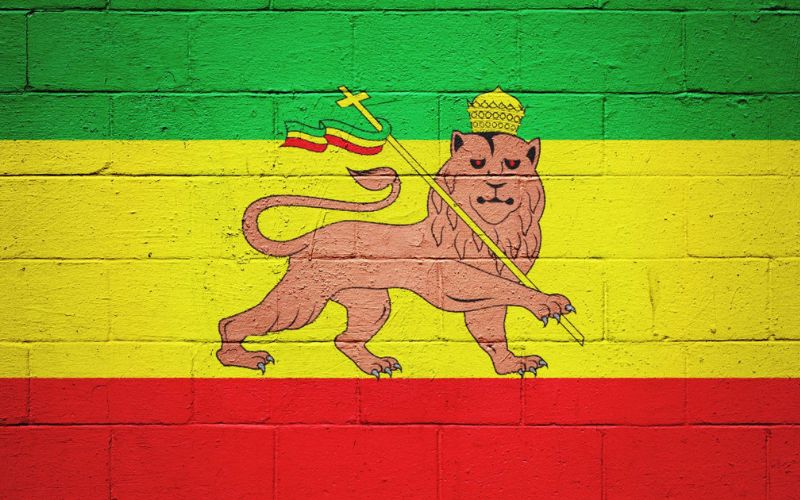
Differences in Colors and Symbolism between the Rasta Flag and the Jamaican Flag:
Rasta Flag:
The Rasta Flag, often referred to as the « Rastafari Flag » or the « Lion Flag, » features three horizontal bands of red, gold (sometimes yellow), and green, with a prominent lion emblem centered in the gold band. Each color holds deep symbolism within Rastafarian culture. Red represents the bloodshed of African martyrs and the struggles faced by people of African descent. Gold signifies the wealth and abundance of Africa, while green symbolizes the lush vegetation of the homeland and the hope for a prosperous future.
Jamaican Flag:
In contrast, the Jamaican Flag consists of diagonal bands of black, green, and gold (or yellow). The black band represents the strength and creativity of the Jamaican people, the green symbolizes the lush vegetation and agricultural resources of the land, and the gold or yellow epitomizes the natural beauty and sunlight of the Caribbean.
The distinct color schemes and symbolic representations of these flags reflect the different historical narratives and cultural contexts of Rastafarianism and Jamaican nationalism. Understanding these differences helps to appreciate the rich diversity and significance of each flag within its respective cultural milieu.
Origins and History of the Rasta Flag and the Jamaican Flag:
Rasta Flag:
The origins of the Rasta Flag can be traced back to the early 20th century, emerging as a symbol of resistance and cultural identity among followers of the Rastafarian movement in Jamaica. It gained widespread recognition during the 1960s and 1970s as Rastafarianism gained international prominence through reggae music and the influence of figures like Bob Marley.
Marcus Garvey Influence:
One significant influence on the Rasta Flag was Marcus Garvey, a Jamaican political leader and advocate for Pan-Africanism. Garvey’s teachings heavily influenced Rastafarian beliefs and the adoption of red, gold, and green as symbolic colors.
Symbolism Evolution:
Over time, the symbolism of the Rasta Flag evolved to represent not only the struggles of the African diaspora but also the spiritual and cultural heritage of Ethiopia, viewed by Rastafarians as their ancestral homeland and the birthplace of civilization.
Jamaican Flag:
The Jamaican Flag has a longer history, dating back to its adoption as the national flag of Jamaica on August 6, 1962, the day the country gained independence from British rule. Its design was selected through a national competition, with the winning submission reflecting the aspirations and values of the newly independent nation.
Symbolic Elements:
The Jamaican Flag‘s design incorporates several symbolic elements. The diagonal cross divides the flag into four triangles, symbolizing hope and the resilience of the Jamaican people. The colors black, green, and gold represent the nation’s struggles, natural beauty, and wealth, respectively.
Understanding the historical contexts and timelines of these flags provides insights into their evolution and significance within their respective cultural movements and national identities.
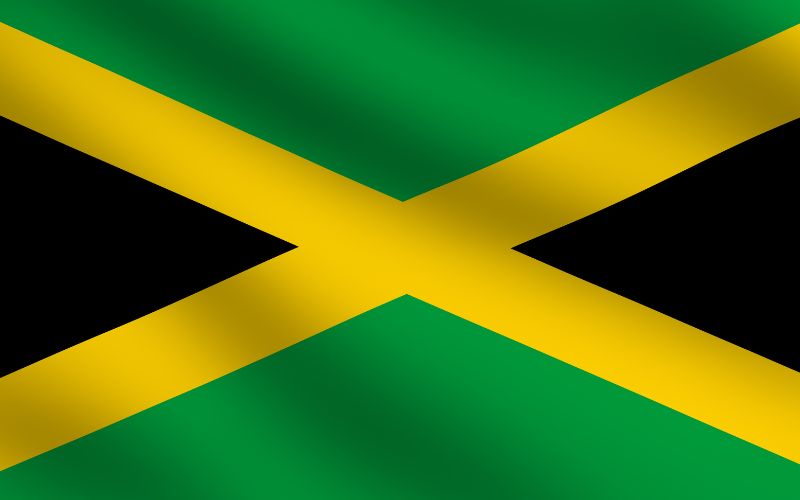
Cultural Significance of the Rasta Flag versus the Jamaican Flag:
Rasta Flag:
The Rasta Flag holds immense cultural significance within the Rastafarian movement. It serves as a powerful symbol of identity, solidarity, and spiritual beliefs among Rastafarians worldwide.
Identity and Unity:
For Rastafarians, the Rasta Flag embodies their connection to Africa, their ancestral homeland, and their defiance against oppression and injustice. It unites individuals of African descent, regardless of geographical location, under a shared cultural heritage and spiritual ideology.
Spiritual Symbolism:
Each color of the Rasta Flag carries profound spiritual symbolism. Red symbolizes the bloodshed of African martyrs and the struggles for liberation. Gold represents the wealth and abundance of Africa, while green symbolizes the fertile land and the hope for a better future.
Jamaican Flag:
The Jamaican Flag is a powerful symbol of national pride, unity, and resilience for the people of Jamaica. It represents the nation’s history, culture, and aspirations for a prosperous future.
National Pride and Unity:
The Jamaican Flag fosters a sense of national pride and unity among Jamaicans, regardless of social or cultural differences. It serves as a unifying emblem that celebrates the country’s achievements and honors its diverse cultural heritage.
Historical Resilience:
The colors and design of the Jamaican Flag reflect the nation’s history of struggle and resilience. The black symbolizes the strength and creativity of the Jamaican people, while the green represents the lush vegetation and agricultural wealth of the land. The gold or yellow epitomizes the sunshine and natural beauty of the Caribbean.
Understanding the cultural significance of both flags provides valuable insights into the identities, values, and aspirations of the Rastafarian movement and the Jamaican nation. Each flag represents a unique expression of cultural pride, spiritual belief, and historical resilience within their respective communities.
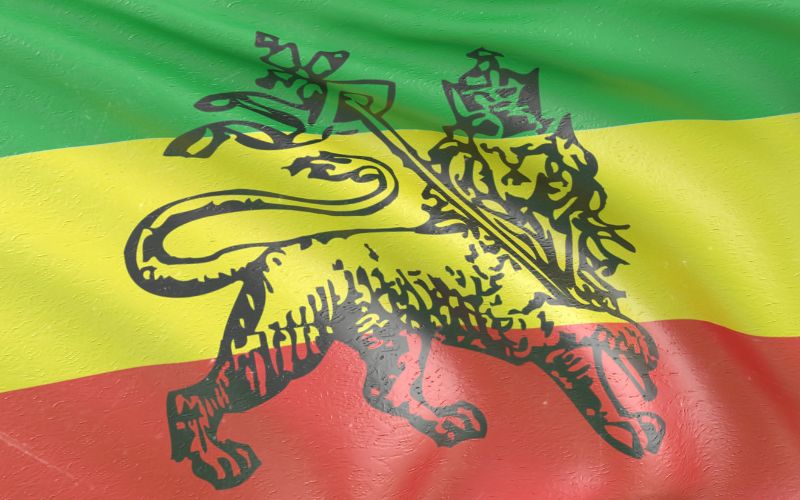
Usage and Representation of the Rasta Flag and the Jamaican Flag:
Rasta Flag:
The Rasta Flag is prominently displayed in various contexts within the Rastafarian community, serving as a powerful symbol of identity, faith, and resistance against oppression.
Cultural Events and Celebrations:
During Rastafarian cultural events and celebrations, such as Kwanzaa or the annual Ethiopian Christmas, the Rasta Flag is often displayed alongside other Rastafarian symbols, such as the Lion of Judah and the Ethiopian flag. It serves to unite Rastafarians in solidarity and pride in their African heritage.
Personal Adornments:
Many Rastafarians wear clothing adorned with the Rasta Flag colors or carry accessories featuring the flag’s emblematic lion. These personal adornments not only express their cultural identity but also serve as outward displays of their spiritual beliefs and resistance against social injustices.
Jamaican Flag:
The Jamaican Flag is the official national flag of Jamaica and is widely used across the country in various official and informal settings.
Official Representations:
The Jamaican Flag is prominently displayed at government buildings, schools, and official events, symbolizing the sovereignty and unity of the Jamaican nation. It is also flown on national holidays and during official ceremonies, such as Independence Day celebrations.
Cultural Festivals and Sports Events:
In addition to its official usage, the Jamaican Flag is often seen at cultural festivals, sporting events, and international competitions, where it represents the pride and resilience of Jamaicans on the global stage. Particularly in events like the Olympics, where Jamaican athletes excel, the flag becomes a symbol of national achievement and unity.
Understanding the usage and representation of both flags provides insight into their cultural significance and the values they embody within their respective communities. While the Rasta Flag is primarily associated with the Rastafarian movement and its spiritual beliefs, the Jamaican Flag serves as a national emblem representing the unity, pride, and resilience of the Jamaican people.
Conclusion :
The Rasta and Jamaican flags each represent unique aspects of cultural identity, spirituality and history. The Rasta flag embodies resistance, faith and connection to the ancestral land, while the Jamaican flag symbolizes a nation’s national pride, unity and resilience. Understanding the differences between these two flags offers a fascinating insight into the values and beliefs that drive the Rastafari and Jamaican movements, as well as their impact on the communities that fly them.
FAQ :
Q: What are the colors of the Rasta flag and what do they mean?
A : The colors of the Rasta flag are red, yellow (or gold) and green. Red symbolizes the blood of African martyrs and the struggle for liberation. Gold represents Africa’s wealth and abundance, while green symbolizes the fertility of the earth and the hope of a better future.
Q: What is the symbolism behind the Jamaican flag?
A: The Jamaican flag features diagonal stripes of black, green and gold (or yellow). The black represents the strength and creativity of the Jamaican people, the green symbolizes the country’s lush vegetation and agricultural resources, and the gold or yellow evokes the natural beauty and sunshine of the Caribbean.
Q: Where are these flags used?
A: The Rasta flag is often used at cultural events, demonstrations and in Rastafarian communities around the world. As for the Jamaican flag, it is widely used as a national symbol, displayed at official events, national holidays, and even in international sporting competitions where Jamaican athletes take part.
